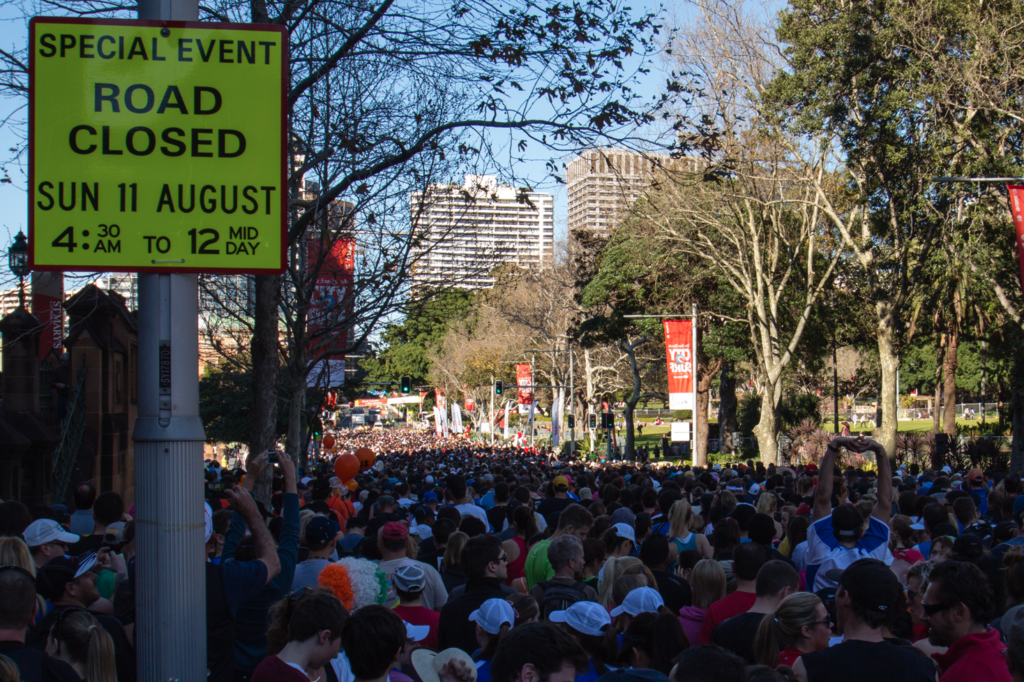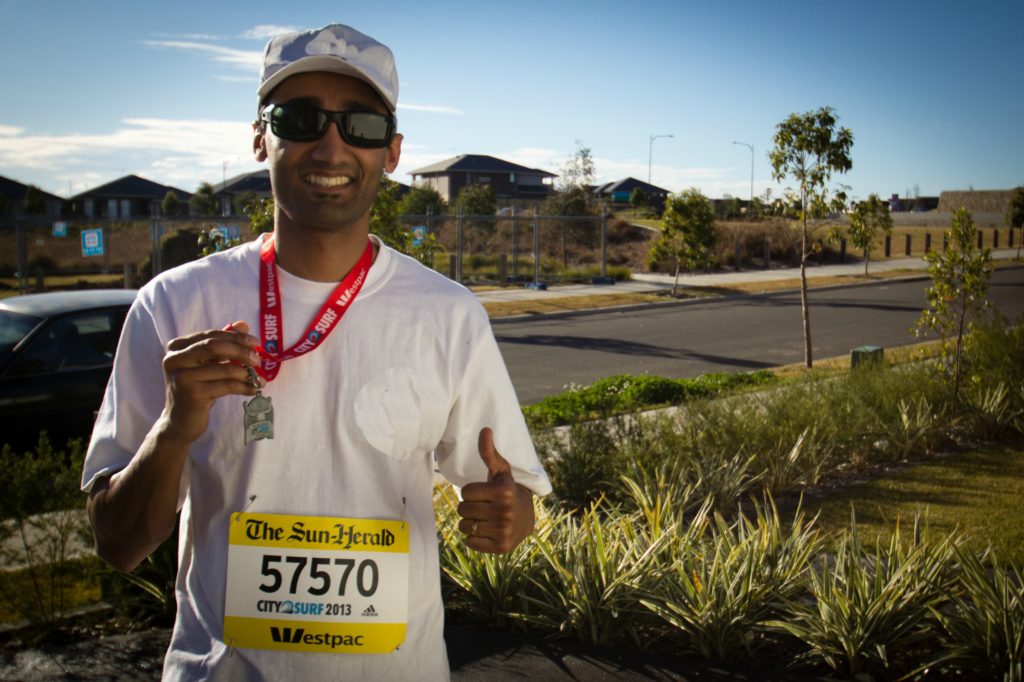Engaging in a new activity such as running can be a daunting experience, especially if you have never run more than a few kilometers before. Even if you possess endurance from practicing Cross Fit, MMA, Karate, or Kickboxing, your legs may experience discomfort and even develop Shin Splits - a condition involving inflammation, irritation, and soreness in the muscles, tendons, and bone tissue around your tibia.
Nevertheless, there's no need to worry! Running is an excellent activity for individuals of all ages and fitness levels to try. To begin, it's best to start gradually by creating a plan and setting a short distance goal. Setting a target to run a 5km distance, or any other distance, is an excellent way to stay motivated and committed to your running routine. You can download my comprehensive 6 week guide to running your first 5km program for FREE below, which includes ample stretching and cross-training exercises to support your progress.
Download Running Guide
Download content is a PDF document (file size 465KB)
Words of encouragement: You've got this! Remember, progress is not always linear, and setbacks are a natural part of the journey towards success. Don't be too tough on yourself if you happen to miss a training session or two. Instead, stay focused on your goals and keep pushing forward with determination. Every step you take, no matter how small, brings you closer to your aspirations. So, keep your motivation high and never give up on yourself. You've got what it takes to make it happen!
Equipment
To become a successful runner, you don't need a ton of fancy gear, but investing in a good pair of running shoes is crucial. Avoid using cross-training, walking, or tennis shoes, and instead, visit a specialty running store. The knowledgeable staff can recommend the right shoe model based on your goals, ability, and even foot alignment. While I personally prefer ASICS, everyone has unique requirements, so it's best to consult a footwear expert in your local area.
Ladies, don't forget to invest in a high-quality, well-fitted sports bra to provide the necessary support and comfort while running. Look for bras made from moisture-wicking material to keep you cool and dry during your workouts.
Additionally, a fitness sports watch can be beneficial, particularly as you progress and set new goals. A heart-rate monitor with GPS can be a helpful tool to ensure that you're maintaining the right effort level and track your progress in real-time. There are several options available, including GARMIN and POLAR, which I've been using for over a decade. But there might be other brands out there that could meet your needs better, so explore all your options to find the perfect fit for you. Remember, the right gear can make a significant difference in your running performance!
Running Plan
It's essential to be practical and create a schedule that you can genuinely commit to when developing a new running routine. Numerous studies have demonstrated the many positive outcomes of running (and walking) for just 30 minutes a day, three to five times a week.
To avoid any injuries, begin with a shorter distance at a comfortable pace. Consider starting with a 20-minute run three times per week, and then gradually increase the length of your run and the number of days you run. Do not push yourself to run further or more frequently until you're comfortable with your current level of training. If 20 minutes of continuous running feels too challenging, incorporate walking breaks into your routine. Remember, taking small, manageable steps is the key to developing a sustainable and fulfilling running practice.
A good tick is to run for 4 minutes and then walk for 1 minute. Do this until you complete the 20 minutes. As you develop confidence and endurance you can then eliminate the walk breaks.
I often hear beginners boasting about the number of kilometers they've run. However, it's crucial not to fixate on the distance covered but to focus on the amount of time spent running. As you progress, you'll naturally cover more ground within the same timeframe, signaling the ideal opportunity to increase your workout duration.
No Pain No Gain
Initially, you can expect some degree of leg soreness when starting a new running routine. Nevertheless, with consistent practice, this discomfort will subside promptly. Shin splints are a frequent running injury, often resulting from overtraining, rapidly launching into a running program, wearing inappropriate shoes, or other causes. It's critical to recognise the difference between feeling tired and experiencing an injury to avoid further harm.
If you feel acute pain anywhere, STOP running for a few days and let your legs recover to prevent further injuries. Seek professional advice if no improvement.
When running, it's not uncommon to experience side stitches, which result from insufficient oxygen supply to your GI muscles. To alleviate side stitches, attempt exhaling with a forceful and prolonged breath or bend over at the waist while exhaling. Slowing down your pace until the discomfort subsides is another effective strategy to combat side stitches.
Treadmill or Outside?
Just like anything else in the world, both treadmill and outside running have their pros and cons. Treadmills are a perfect alternative when the weather is not ideal or when you want to ease into new distances or paces. They can also complement outside running since the cushioned surface reduces the risk of injuries caused by constantly pounding your legs on pavement outside.
However, running outside offers a more dynamic and stimulating experience. You can enjoy the fresh air, changing scenery, and natural terrain that provide a more challenging workout.
When running outside, be aware of the surrounding atmosphere. The air you breathe is critical, as vehicle exhaust, fumes, and pollution can harm your lungs.
Running hills is an excellent way to improve leg strength and burn calories. When running uphill, you should shorten your stride and pump your arms forward. When going downhill, you should let gravity do the work while leaning slightly forward to give it a little help.
Ultimately, the main goal is to get into a regular routine, regardless of where you run. Running wherever you can, inside or outside, is more important than finding a perfect running area. Just remember to take care when running on hard surfaces to avoid injury.

2013 City 2 Surf - AUSTRALIA

2013 City 2 Surf - Sydney Tower - Sensei James Singh

2013 City 2 Surf - Karate goes with me everywhere ... - Sensei James Singh

The Sun-Herald City2Surf presented by Westpac NSW - Sensei James Singh

